Is there such a thing as “bad posture” or “bad sitting posture”? Maybe….maybe not….
Maybe it’s more about a lack of variety of movement. Sometimes we run into trouble when we find ourselves stuck in one position for a prolonged period of time.
Have you ever noticed how you feel after sitting in a tight space, like an airplane chair, for more than an hour? You may find yourself stiff when getting up.
When your tissue is under a sustained load, it may give you a signal that it’s time to move. So, perhaps it’s not that you are in a “bad” posture, rather, you need to move your body into a new position.
Give yourself a movement buffet
Your body will often tell you when it’s time to move into a new posture.
If you have sacroiliac (SI) joint pain, low back pain, or pelvic pain, your body may give you signals that it does not appreciate when you are sitting slumped. This may happen after 5 minutes or 50 minutes, depending on tissue irritability.
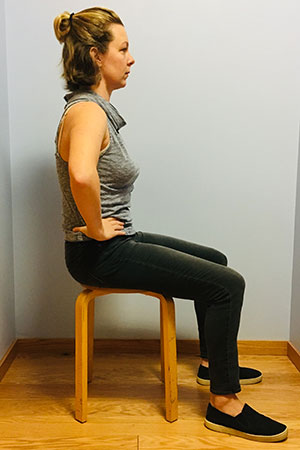
Sometimes we’ll feel pain if we are lounging back on a couch with our pelvis tucked under. Paying attention to practicing prolonged sitting in a more neutral pelvic and spinal alignment will most likely decrease pain.
It’s relieving to know that if you find yourself moving in and out of a slumped position, it isn’t that you are finding yourself in a “bad posture,” rather your body is preferring a different way for you to stack the bones.
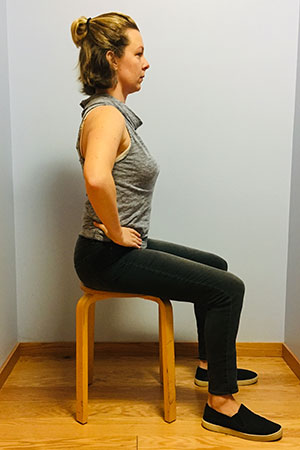
When you are sitting for prolonged periods of time, be sure to get up every 20 to 30 minutes if possible. This accomplishes the goal of unloading the spine and pelvic floor, but also offers different input into your ribs and shoulder girdle, which is often slumped forward in prolonged sitting.
If it isn’t possible to get up and move, try Cat Pose and Cow Pose while you are sitting. Other chair yoga postures will help increase blood flow and decrease stiffness as well.
After sitting for a prolonged period of time, take a dance break! Perhaps you want to let your body go with the flow.
Or feeling lazy? Follow in Marilyn Monroe’s footsteps and languidly slink around. Your fascia will love it!
Over time, you will hopefully be able to move in and out of a variety of postures without pain flares.
Move it, baby
Next time you are around a child, notice how much they move.
Usually, they are laying down on the ground, then jumping up to run to grab something, then hopping into a squat…you get the picture. They are constantly moving around to enhance their new motor patterns by creating a variety of lines of pull and sensory input into their system.
In the same way, be sure to offer your body lots of different movement throughout the day whenever possible.
If you are working on your laptop at home, lay on your stomach for 5 minutes, then switch into a straddle stretch with your computer on a box between your legs, then move it to your counter top, etc.
When you are cleaning your house, bend over to pick up objects using different body positions. Try a squat, then a deep knee bend, then a split squat, then coming down into plank pose and crawl around.
And if you don’t have kids around to follow, then join Elmo in his happy dance:
Have pelvic pain?
Our pelvic floor has a lot to say to us we are sitting in a slumped position for the majority of the day.
If you are currently standing or laying down, come into a seated position. (If you are reading this while you are sitting, don’t change your posture.)
Notice where your sitz bones are in relation to where your ears are. If you were to draw a line from the middle of your ear, tracing down through the middle of your rib cage, would your sitz bones be in front of this line? If so, this is called sacral sitting.
Depending on how slumped we are, we might be sitting right on our sacrotuberous ligaments and back half of the pelvic floor muscles.
Muscles and nerves really appreciate good blood supply, so it’s especially important for people with pelvic pain to:
- relieve pressure from sitting often throughout the day
- avoid crossing your legs for a prolonged time
- sit balanced between the pubic bone and the tailbone
If your hamstrings are tight and pulling your pelvis posteriorly, try rolling a towel and placing it under your sitz bones. This will position your pelvis in neutral and you’ll be able to sit with more ease.
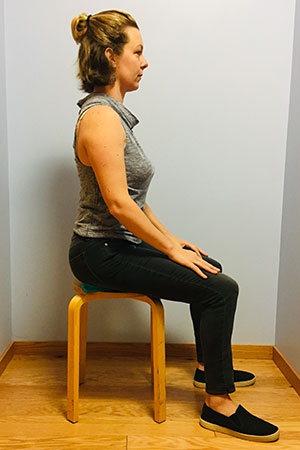
Placing a towel under your sitz bones can help put your pelvis in a neutral position so you can sit with ease.
Concerned about prolapse or incontinence?
If your goal is to strengthen your pelvic floor muscles because of a pelvic organ prolapse, urinary incontinence, or because you’d like to increase your sexual function, sitting posture is also important.
When we sit balanced on the pelvic bones,
- our spine is in a more optimal position
- there is less downward pressure on the pelvic organs
- the pelvic floor muscles are more active in their resting tone
Read more about relationship between sitting posture and urinary incontinence.
Confused?
How confusing! Did I just spend this blog contradicting myself?
Isn’t this fun? Kind of like the discussions I have with my physical therapist when we nerd out about pain science.
Maybe we can find a place to soften and not second arrow ourselves when we find ourselves in our non-ideal sitting posture. Perhaps we think about coming back into a neutral sitting alignment, just like when we find ourselves thinking about our grocery list during meditation – we allow, soften, and return to the breath (or in this case, return to a neutral pelvis in sitting).
My hope is that you will not feel the need to be rigid in your sitting posture and over-correct. very often my patients are in a slumped sitting posture when they are sitting in my office, but from time to time they are over-correcting so much that they are compressing into back extension and fatiguing their body in a different way. My other hope is offer the concept that movements and postures are not bad or dangerous, perhaps it just depends how long we stay there and if we offer our bodies alternatives.
Stay tuned next month when I will offer some strategies to increase your mobility and strength so you are able to maintain a neutral sitting posture with greater ease.
Thanks for reading. I’m interested to read your comments below!
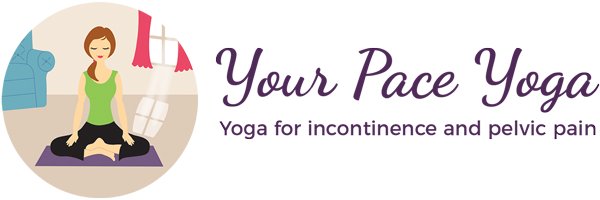
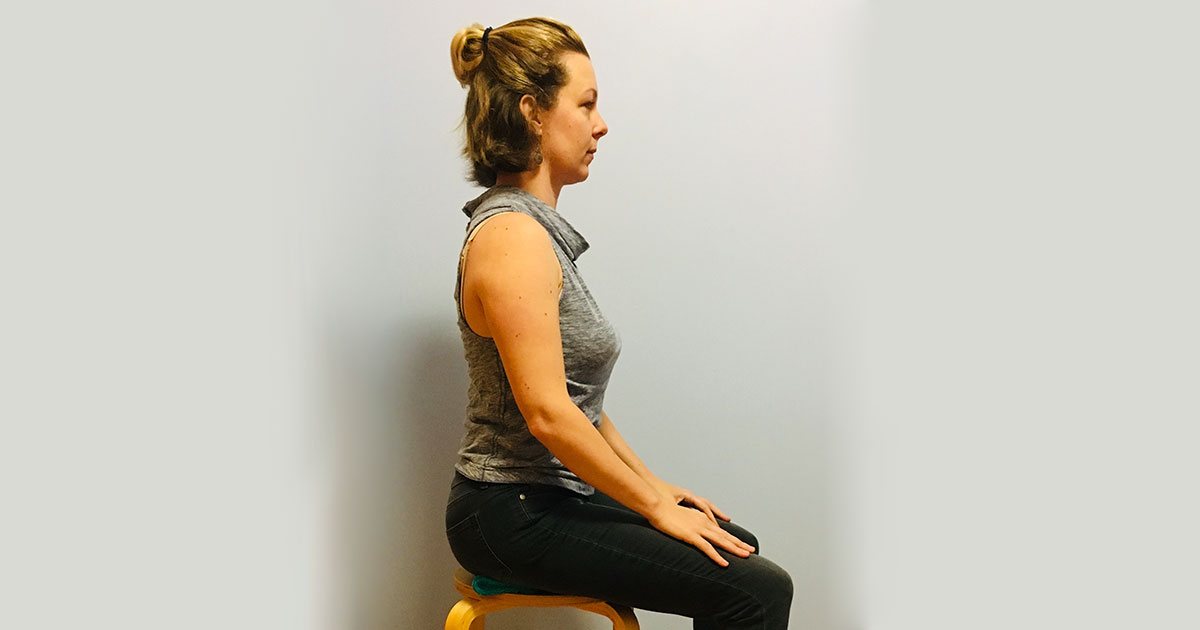
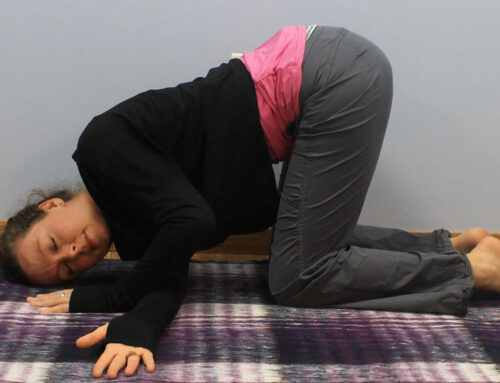

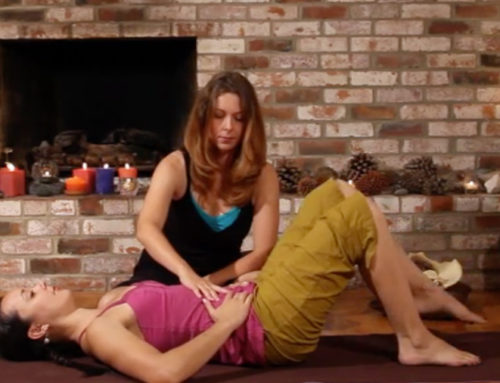
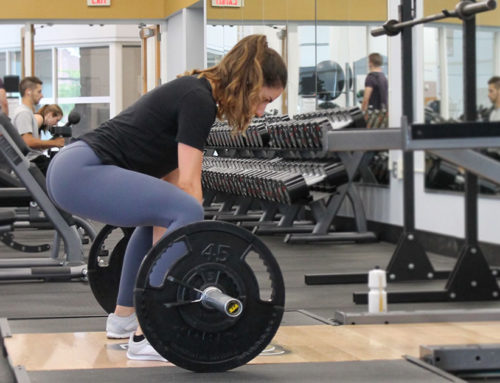
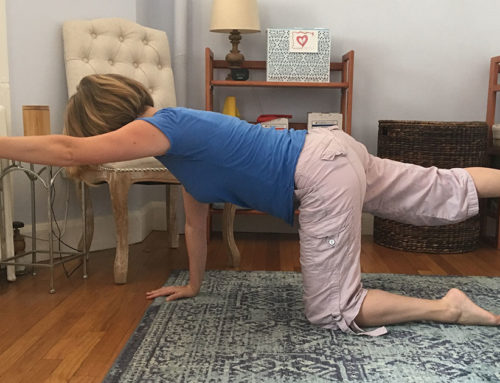
This is a great post Dustienne! So much useful information and great tips for adjustments. I have a lot going on so a lot of it was helpful. The rolled towel I had forgotten about from previous sessions and am ready to bring that back out. I especially needed to hear: “sit balanced between the pubic bone and the tailbone.” I have been getting nerve pain around my tailbone, sacrum area when sitting too long and now know it’s the back half sitting posture for sure. The entire piece was helpful but that line was a great description to help me pay more attention to where the pressure is being placed and why it’s causing the pain. Thank you for your passion in educating and helping people help themselves 🙂 . PS. The fun video clip additions are perfect.
Thank you for your feedback! I love the idea that you discovered your have been sitting back a little more…curious to see what happens when you off-load during the day. I appreciate you taking the time to comment – keep us posted on how your sitting changes affect your pain!
Thanks
[…] is an ideal sitting posture? As I mentioned in my recent blog about sitting posture, slumped sitting can affect the function of the pelvic floor muscles. While I argue there may not […]
[…] Grab more tips on finding your optimal standing posture and seated postures. […]
Great post! I like to repeat the wise phrase one of my Alexander Technique mentors often said. “ Everyone’s entitled to a good slump but knowing how to get out of it is the key to learning how to undo poor habits.”
Using the breath to help you stack the head neck ribs and pelvis in neutral is a delicious simple skill to learn. xoxox
Yes! My shoulders just melted reading “Alexander Technique” 🙂
As long as we have movement variety and slump isn’t our only option, right?
Thanks for your comment and the work you do in our field!
xo